#harvard library
Text

Today is National Sewing Machine Day! This photograph shows a Singer sewing machine salesman demonstrating how the machine works. The Singer treadle sewing machine had a cast iron base and treadle. The machine also folded down into a cabinet.
Stephen Dingilian (left), a Singer sewing machine salesman. Sirvi-HIssar.
photographs
c. 1899
Armenian
Repository: Project SAVE Armenian Photograph Archives, Watertown, Middlesex, Massachusetts, United States
HOLLIS number: 8000903763
This image is part of FAL’s Digital Images and Slides Collection (DISC), a collection of images digitized from secondary sources for use in teaching and learning. FAL does not own the original artworks represented in this collection, but you can find more information at HOLLIS Images (link in bio).
#NationalSewingmachineday#Sewingmachine#photography#vintagephotography#Singersewingmachine#HarvardFineArtsLibrary#Fineartslibrary#Harvard#HarvardLibrary#digitalimages#harvard library#harvardfineartslib
528 notes
·
View notes
Photo
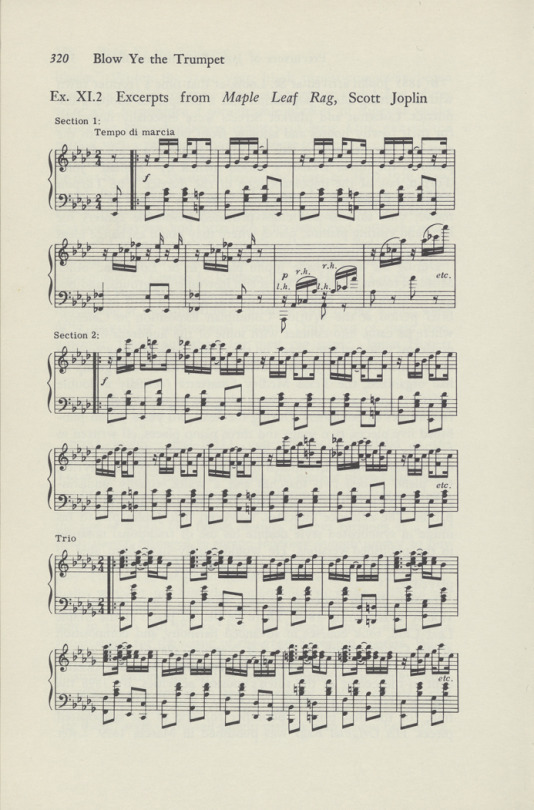

Eileen Southern, The Music of Black Americans. A History, W. W. Norton & Company, New York, NY, 1971, pp. 320-321. From: Eileen Southern and the Music of Black Americans, (digital exhibit), Eileen Southern Initiative, Harvard University Department of Music / Harvard Library / Radcliffe Institute for Advanced Study, Harvard University, Cambridge, MA, 2019-on going
#graphic design#musicology#music#music score#education#exhibition#book#eileen southern#eileen southern initiative#harvard library#radcliffe institute#1970s#2010s#2020s
40 notes
·
View notes
Video
Freshly Filled Stacks!
The first aisle in our newly renovated stacks space is now full. The project to transfer our special collections back from offsite storage will take many months, but we are excited to have our old friends back again. (Sound on for the soothing sound of moveable stacks!)
#special collections#rare books#harvard divinity school#harvard library#book stacks#moveable shelves#renovation#moveable stacks#tumblarians
131 notes
·
View notes
Text

Harvard Library | The Procession of the Months by Beatrice Crane
2 notes
·
View notes
Text
Bibliomania Day (Mar 20)
Bibliomania, the love of books and everything to do with them, is being celebrated today. March 20th is for book lovers, book nerds, bookworms, book dragons, book hoarders, collectors, and the likes.
I’ve been thinking about bibliomania, and what it means to be a bibliophile. The many names that a book lover goes by, whether the bibliophile reputation has remained, how much social media has…
View On WordPress
#bibliokleptomania#bibliomania#bibliomaniac#Bibliophile#Bibliophiles#Blog#Book Collections#Book Collectors#book dragon#Book lover#Book nerd#Book worm#Books#Books Books Books#Fiction#Harvard Library#History#Literary#Literary Blog#Literary Day#Literature#Nonfiction#Reading
0 notes
Text
Hey not so fun fact
Did you know there's a human flesh bound book in the Harvard library. Yeah, that's a thing. Its about meditation, the soul, and life after death.
#anthropodermic bibliopegy#Harvard#Harvard library#so the guy who did this said “A book about the human soul deserves to have a human covering”#I think that's fucked up#The skin was taken from an unclaimed female patient who died of natural causes#And apparently this practice of using human flesh to bound books dates back to the 16th century#Criminals sentenced to death would have their body donated to science and their skin donated to book founders
0 notes
Text



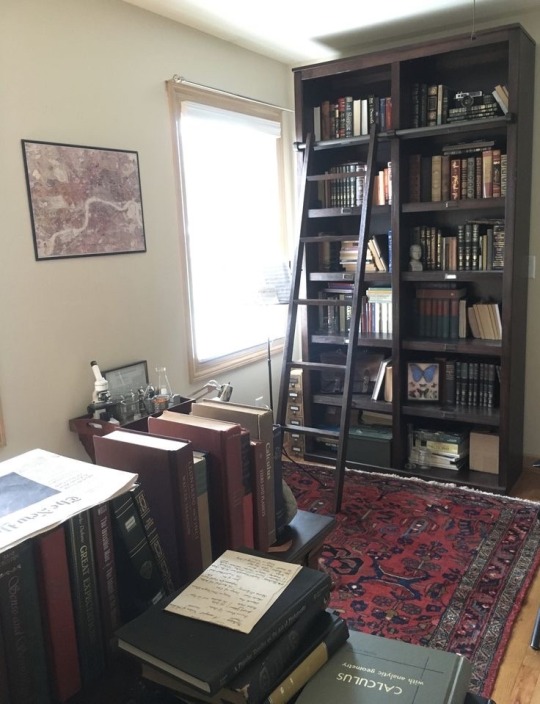
#aesthetic#chaotic academia#classic academia#dark academia#dark academia aesthetic#university#classic literature#books and libraries#books and coffee#books and literature#uni life#campus#literature#Oxford#Harvard
564 notes
·
View notes
Text
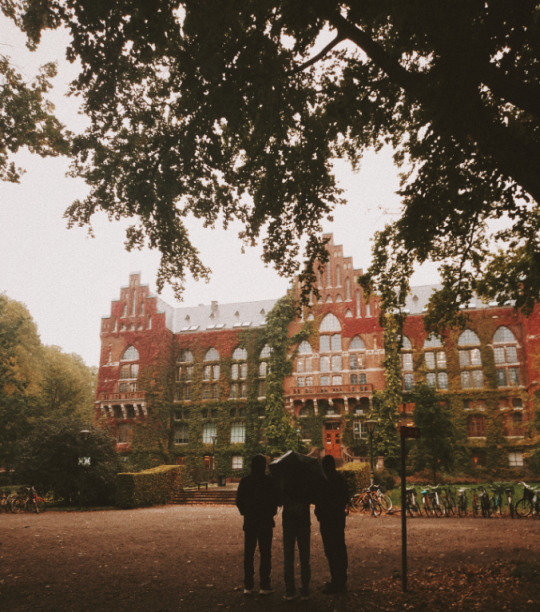
Lund University, Sweden, 2023
#dark academia#dark academism#dark academia aesthetic#books and libraries#quote#life quotes#grey academia#academia#harvard#oxford#lund#lunduniversity#universitylife#university#sweden#norway#skam#brown#cambridge#the secret history#if we were villains#light academia#light acadamia aesthetic#dead poet society
246 notes
·
View notes
Photo

The Harry Elkins Widener Memorial Library is Harvard University 's flagship library. Built with a gift from Eleanor Elkins Widener, it is a memorial to her son, Harry, Class of 1907, an enthusiastic young bibliophile who perished aboard the Titanic. It had been Harry's plan to donate his personal collection to the University once it provided a suitable alternative to the outdated and inadequate library then located in Gore Hall. Mrs. Widener fulfilled her son's dream by building a facility of monumental proportions, with over 50 miles of shelves and the capacity to hold over three million volumes.
366 notes
·
View notes
Text
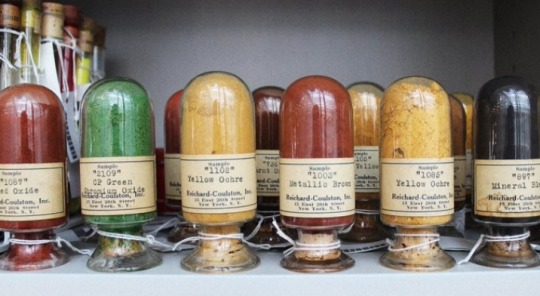
Harvard University has a library that protects the rarest colors in the world.
The Straus Center for Conservation and Technical Studies houses the Forbes Pigment Collection, which contains more than 2,500 samples of pigments, some incredibly rare and harvested from things like mummies, heavy metals, poisons, and precious minerals.
The collection was amassed by Edward Waldo Forbes (1873-1969), who directed Harvard's Fogg Museum, between 1910 and 1944.
Forbes is considered the Father of Art Conservation in the United States and spent most of his life traveling the world to collect various pigments that he used to authenticate classical Italian paintings.
The pigments are still used by art experts to authenticate and understand paintings.
#Harvard University#Straus Center for Conservation and Technical Studies#Forbes Pigment Collection#colors#pigments#Edward Forbes#Fogg Museum#Father of Art Conservation#art conservation#art#art experts#paintings#library
111 notes
·
View notes
Photo
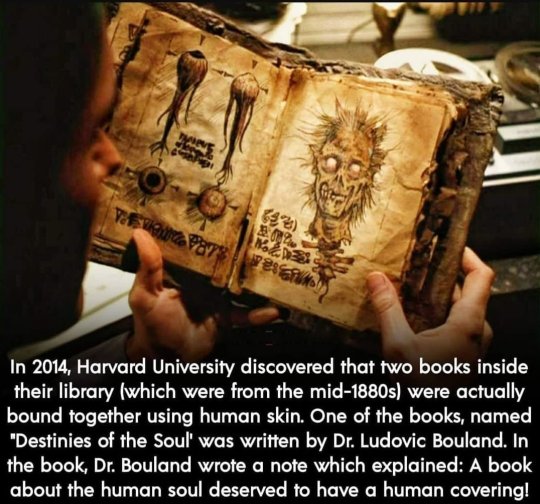
201 notes
·
View notes
Text
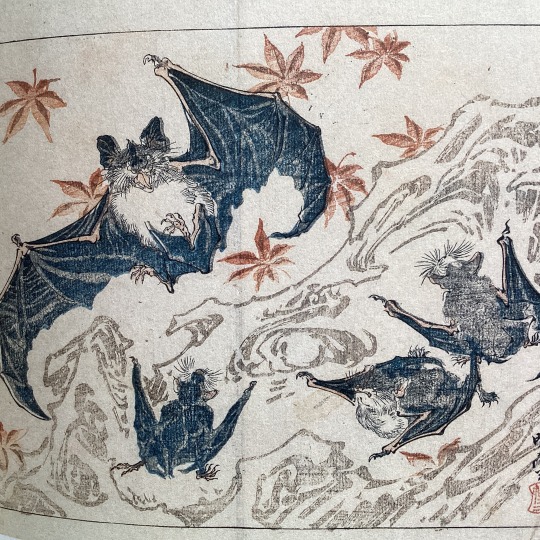
Happy International Bat Appreciation Day!
Did you know that bats are the only mammals capable of true and sustained flight? Their hand-like wings are formed from four elongated “fingers” covered by a cutaneous membrane. Pretty amazing!
Image:
Bat with Young, 1881.
Kyōsai Kawanabe (1831 – 1889)
Plate from the illustrated book Kyōsai rankuga (Kyōsai’s Drawings for Pleasure)
Kyōsai's animal circus : from the Israel Goldman Collection
Sadamura, Koto, 1982- [author]
London : Royal Academy of Arts, 2022.
English
河鍋暁斎, -- 1831-1889 -- Exhibitions.
Kawanabe, Kyōsai, 1831-1889 -- Exhibitions
HOLLIS number: 99156378937403941
#Japaneseartist#KyosaiKawanabe#河鍋暁斎#Woodblockprint#animalsinart#Kyosai#bat#Internationalbatappreciationday#HarvardFineArtsLibrary#Fineartslibrary#Harvard#HarvardLibrary#harvardfineartslibrary#fineartslibrary#harvard#harvard library#harvardfineartslib#harvardlibrary
308 notes
·
View notes
Photo

Professor Eileen Southern Standing in Front of a Chalk Board, Harvard University, Cambridge, MA, n.d. [1976?]. From: Eileen Southern and the Music of Black Americans, (digital exhibit), Eileen Southern Initiative, Harvard University Department of Music / Harvard Library / Radcliffe Institute for Advanced Study, Harvard University, Cambridge, MA, 2019-on going
#education#musicology#music#school#photography#exhibition#eileen southern#eileen southern initiative#harvard library#radcliffe institute#1970s#2010s#2020s
34 notes
·
View notes
Text
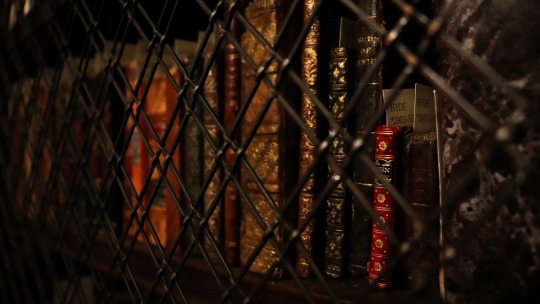
The Harvard Crimson took a booklover's tour of some of our decorative spaces (as well as plunging into the depths of the Widener Library stacks next door.) If you're in the neighborhood, you can visit us yourself on the free public tour we offer Fridays at 2pm.
28 notes
·
View notes
Photo
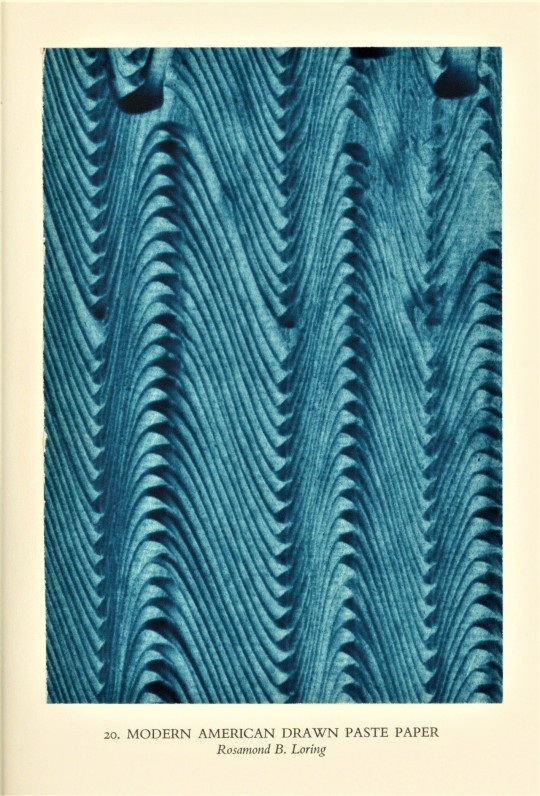
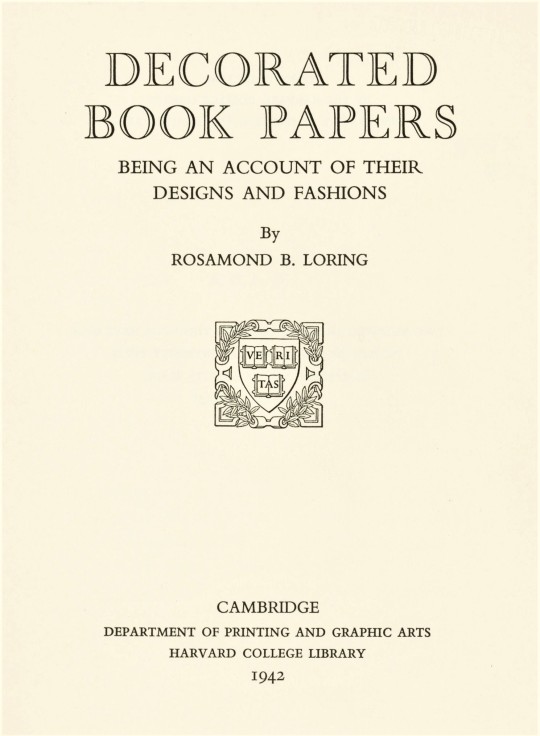




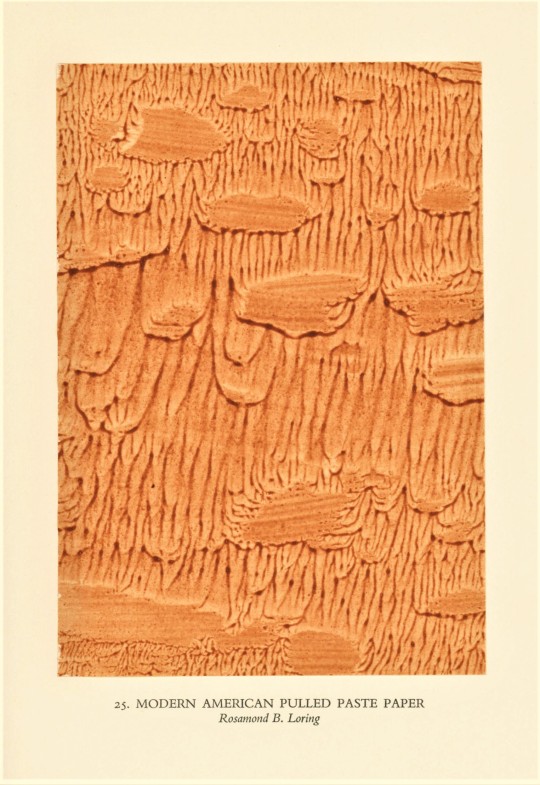

Decorative Sunday: Paste Paper Edition
In 1942, Harvard University Press printed 250 copies of Decorated Book Papers: Being an Account of the Designs and Fashions by the bookbinder, author, and creator and collector of decorative papers, Rosamond Bowditch Loring. Published by the Harvard College Library Department of Printing and Graphic Arts in Cambridge, Massachusetts, the 234 sale copies of the first edition sold out within months, despite the “then considerable price of ten dollars” and the economic stressors of the war. In addition to eight plates reproducing examples of 18th century decorative papers, the first edition includes twenty-five samples tipped in, many of which are from the author’s own extensive collection.
While Loring collected a variety of a decorative papers, the examples shown here are from the chapter on paste papers, Loring’s area of creative specialization. The sample papers included in this chapter are all Loring’s own work, or that of her student, Veronica Ruzicka, who bound the first edition (it is worthy to note that Ruzicka is the daughter of illustrator, wood engraver, and type designer Rudolph Ruzicka, whose work we have highlighted several times). Ruzicka also contributed an essay when a second edition of the book was finally published by Harvard University Press in 1952, along with Dard Hunter and Walter Muir Whitehall.
Rosamond Loring (May 2, 1889 – September 17, 1950) studied book binding under Mary Crease Sears at the Sears School of Bookbinding in Boston. Sears, about a decade older than Loring, had had to battle to learn the trade; women were barred from the Bookbinders Union but most commercial binderies were happy to hire women for particular tasks, such as sewing sheets, but maintained a strict separation of roles, preventing employees from learning the whole binding process from start to finish. Eventually, Ms. Sears secured an apprenticeship in France to complete her studies and opened her binding school in Boston shortly after, training several generations of women binders. While studying under Sears, Loring became frustrated with the lack of options for quality endpapers and became determined to make her own, which she sold to other binders at Ms. Sears’s studio. Her first major commercial commission was for the Houghton Mifflin publication of The Antigone of Sophocles, translated by John J. Chapman (Boston, 1930).
Our copy of Decorated Book Papers is a gift of Dick Schoen.
-Olivia Hickner, Special Collections Graduate Intern
#Decorative Sunday#Decorated Book Papers#Rosamund Bowditch Loring#Rosamund Loring#Rose Loring#Paste Paper#Paste Papers#Decorative Paper#End-Paper#Decorative Plates#Decorative Art#Decorative Arts#Veronica Ruzicka#Dard Hunter#Walter Muir Whitehill#John J. Chapman#Harvard University Press#Harvard College Library#Harvard College Library Department of Printing and Graphic Arts#olivia
162 notes
·
View notes
Text

Happy Fern Friday!
Two fabulous ferns from James Britten's European Ferns (1879-81). On the left is the Hart's Tongue Fern (Asplenium scolopendrium), and on the right is another spleenwort (Asplenium sagittatum).
These ferns were commonly called "spleenworts" because they were thought to treat disorders of the spleen based on the "Doctrine of Signatures", which held that plants that resembled the shapes of body parts were meant to treat ailments of those body parts.
View more in Biodiversity Heritage Library with thanks to Harvard University Botany Libraries for digitizing.
#Fern Friday#Ferns#Botany#Spleenworts#HistSciArt#BHLib#Harvard University Botany Libraries#Biodiversity Heritage Library#Historical Scientific Art#SciArt
46 notes
·
View notes